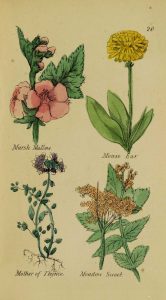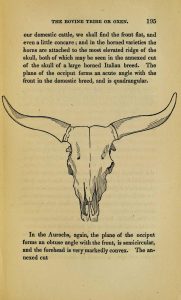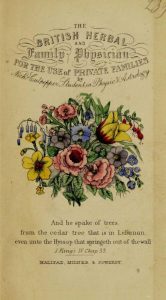It joined our collection last year but you may have missed it: our first manuscript item, the diary of Doctor Addison Key Bell*. Key Bell was born in 1861 in Georgia, son to Doctor Addison Atterbury Bell and his wife, Ida, and he died in 1909 in Madison, Georgia, where he had spent most of his active years of medical practice.
He took his medical degrees at Jefferson Medical College in Philadelphia and at New York Medical University in New York and returned to his native Georgia to practice. Key Bell took part in the Civil War as a surgeon in the Confederate hospital in Augusta, Georgia. Key Bell was an organizing member of the Morgan County Medical Society as well as being a member of the Georgia State Medical Association and the American Medical Association.
His diary includes accounts of payments for medical services rendered, notes of addresses, and diary-like entries, including a lengthy retailing of a trip he took in 1883, leaving Madison, Georgia, “on a fast train.”
As always, for more from the Medical Heritage Library, please visit our full collection!
* I would like to acknowledge the help of Bonita R. Bryan, Head of Collections Services and Matt Miller, Senior Resources Management Specialist at the Woodruff Health Sciences Center Library in writing this post.









